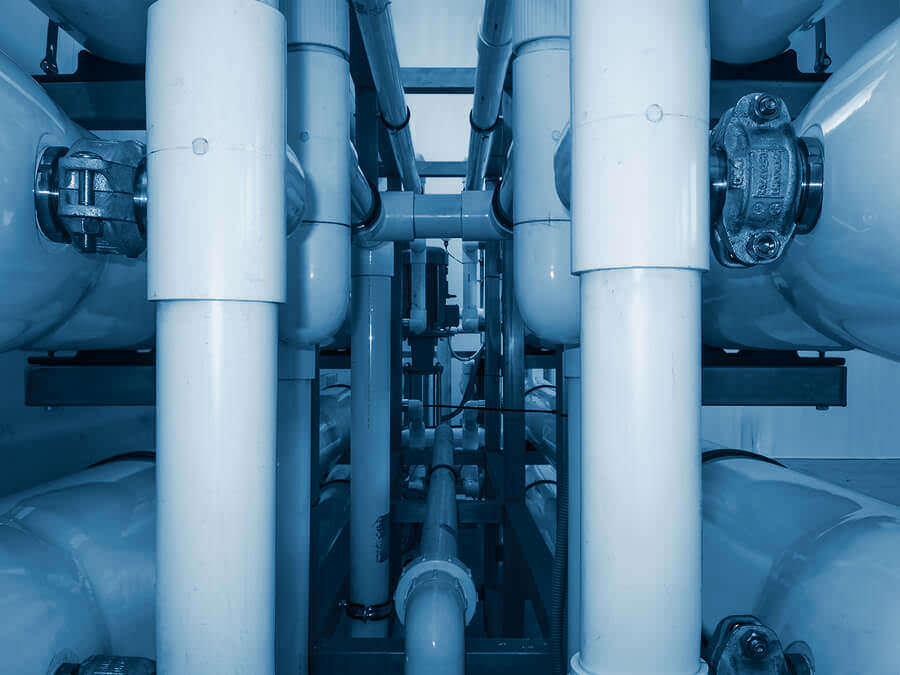While the water we use for cleaning, showering, and watering the lawn is important, we can accept a lower quality for those activities than we do with our drinking water. In most cases, simply having soft water rather than hard water is good enough. But for your drinking water? You want it to be clean, healthy, and tasty. One of the ways to accomplish this is to have a water filtration system installed in your home.
However, you must then decide on which type of water filtration system to use. Each of them will provide you with clean water for drinking, but they accomplish this in different ways. To help you better understand the way these systems work, we are going to look at one in particular: the reverse osmosis system.
How a Reverse Osmosis System Works
A reverse osmosis system is basically the ultimate filtration system to use in your home. Other filtration systems are also able to remove debris, but smaller items, such as sodium, still pass through and get into your drinking water. With a reverse osmosis system, all debris, including sodium, is removed.
This purification is accomplished in three separate steps: prefiltration, membrane filtration, and final filtration. We will explain each of these steps below.
Prefiltration
As water enters into your reverse osmosis system, it will immediately pass through a prefilter. This prefilter is similar to filters found on most water systems. The prefilter’s job is to ensure that larger debris do not enter the system, as these larger debris can cause damage to the automatic shut-off and membrane. Items the prefilter sifts out includes silt, rust, and scale.
Some reverse osmosis systems will have activated carbon in the prefilter. This is beneficial in that is removes smaller particles, such as chlorine. While small, these particles can cause significant damage over the years, so activated carbon is a good way to extend the life of your reverse osmosis system.
Membrane Filtration
The membrane filtration is the part of the reverse osmosis system that sets it apart from other filtration systems. You can think of this as the heart of the system as it is where the most important work takes place. The membrane is a special filter, designed to remove particles that are too small to be trapped by the prefilter. These particles are then pushed to the drain, preventing them from ever entering your water stream.
The pores of the membrane are microscopic. In fact, they are so small that most molecules cannot make it through. However, hydrogen and oxygen can, which is what allows clean water to pass through.
Final Filtration
Once the water has passed through the membrane, the water is then sent to a clean holding tank where it waits for your use. The automatic shut-off determines when more water needs to be cleaned and placed in the holding tank. When you turn on the faucet and draw the water, it goes through a carbon filter, ensuring that any tastes and odors are removed from the water, leaving you with clean, delicious drinking water to enjoy.
Your Reverse Osmosis System
Are you interested in having one of these systems installed in your home? Give us a call. The experts at Biard & Crockett Plumbing are more than happy to help you determine if it is right for you.

